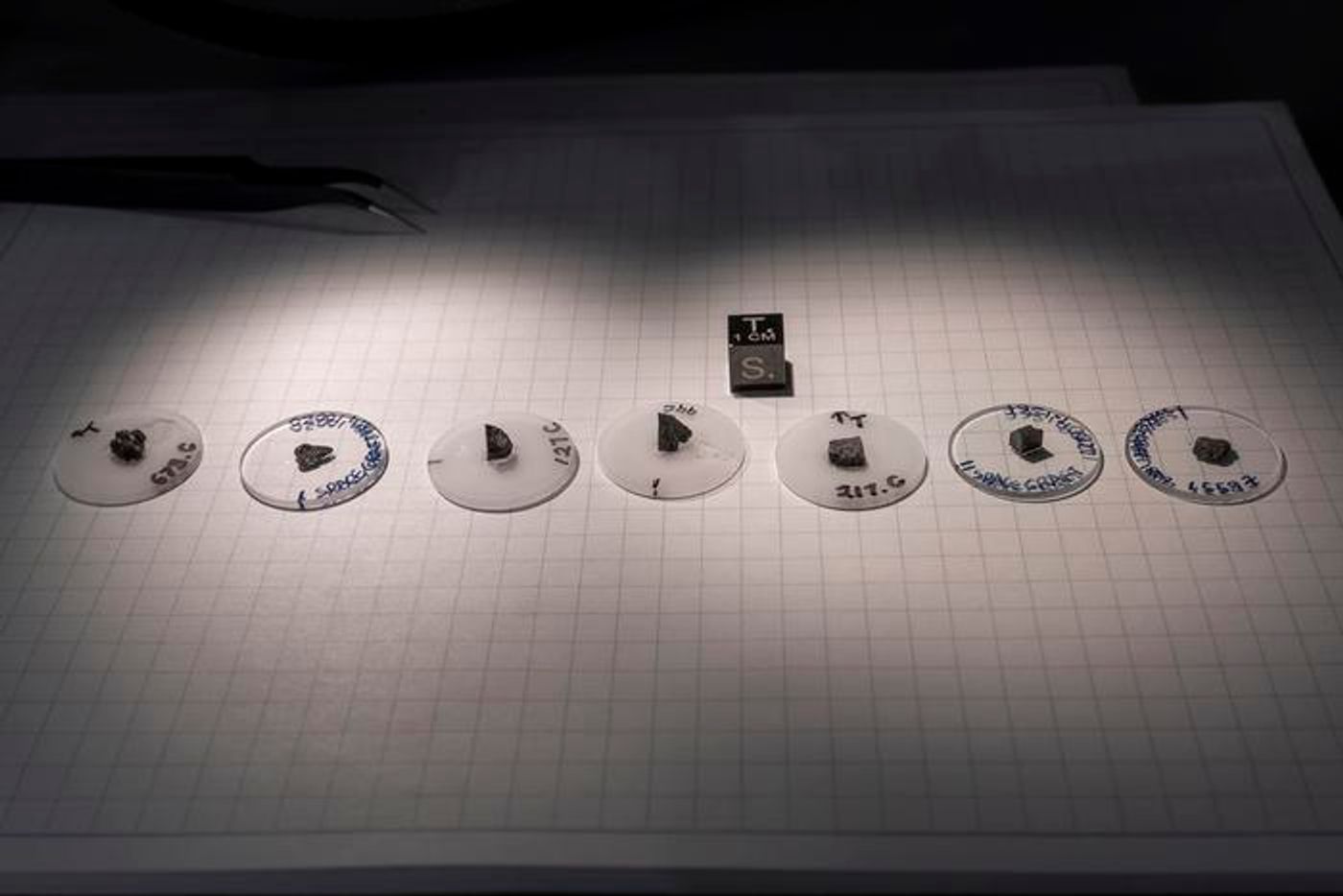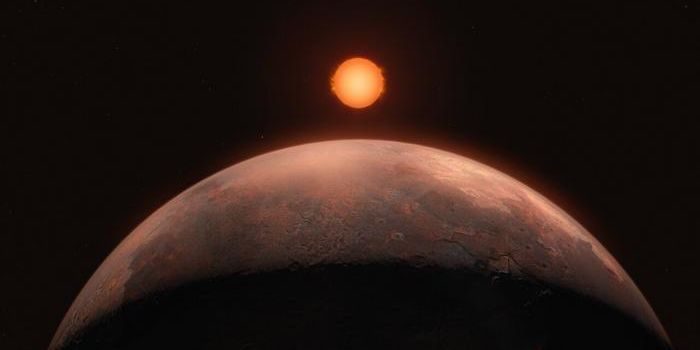Lunar Magnetism Mystery: Stanford Study Dispels Contamination Concerns in Sample-Return Missions
A recent study published in Geophysical Research Letters examines how spacecraft carrying lunar samples being returned to the Earth are not responsible for altering the levels of magnetism observed in these samples. Scientists have long opposed the idea that the Moon once had a magnetic field by claiming the magnetic readings in lunar samples returned to Earth were caused by the spacecraft. This study was conducted by researchers at Stanford University and holds the potential to not only dispel previous notions of false magnetic readings within lunar samples but also offer greater insights into the Moon’s magnetic field that existed billions of years ago.
Video discussing a 2017 study on the Moon's ancient magnetic field.
“You want to know that the spacecraft returning your sample is not magnetically frying your rock, essentially,” said Dr. Sonia Tikoo, an assistant professor of geophysics at the Stanford Doerr School of Sustainability and lead author of the study. “We simulated a long-term exposure of a sample to a stronger magnetic field than what the Earth has – something that might be realistic for a spacecraft – and found that for nearly all samples, including several we had previously studied in the context of lunar dynamo records, we could remove that contamination quite easily.”
For the study, the researchers exposed lunar samples returned to Earth from the Apollo missions for a period of two days to increased levels of magnetism approximately 100 times stronger than what the Earth’s magnetic field emanates. The reason two days were chosen was the emulate the return trip from the Moon to the Earth. Once the samples were contaminated, the researchers took them to a magnetically shielded lab room to analyze how easily the contamination could be removed. In the end, the researchers found the contamination could be easily removed from the lunar samples using traditional techniques.
Study co-author and PhD student, Ji-In Jung (left) and study lead author, Dr. Sonia Tikoo, analyzing a collection of lunar samples. (Credit: Harry Gregory/Stanford University)
Image of lunar samples in the Stanford University paleomagnetism lab. (Credit: Harry Gregory/Stanford University)
Studying ancient magnetic fields within rocks is known as paleomagentism and is used to determine the past strength and/or direction of a planetary body’s magnetic field. While such magnetic readings have been observed in lunar samples, this is the first time researchers have demonstrated these readings could come from an ancient lunar magnetic field and most likely not from the spacecraft ferrying the samples back to Earth. The reason researchers are so interested in learning more about the Moon’s ancient magnetic field is because they continue to be puzzled as to how such a small planetary body could ever possess a magnetic field similar to the Earth.
Video discussing a 2020 study about the Moon's ancient magnetic field.
“This study proves that we can do extraterrestrial paleomagnetism with mission-returned samples,” said Dr. Tikoo. “I don’t think anybody doubts the ability to do Earth paleomagnetism and I’m happy that we can do it for space, too.”
What new discoveries will researchers make about paleomagentism and the Moon’s ancient magnetic field in the coming years and decades? Only time will tell, and this is why we science!
As always, keep doing science & keep looking up!
Sources: Geophysical Research Letters, EurekAlert!, Stanford University










